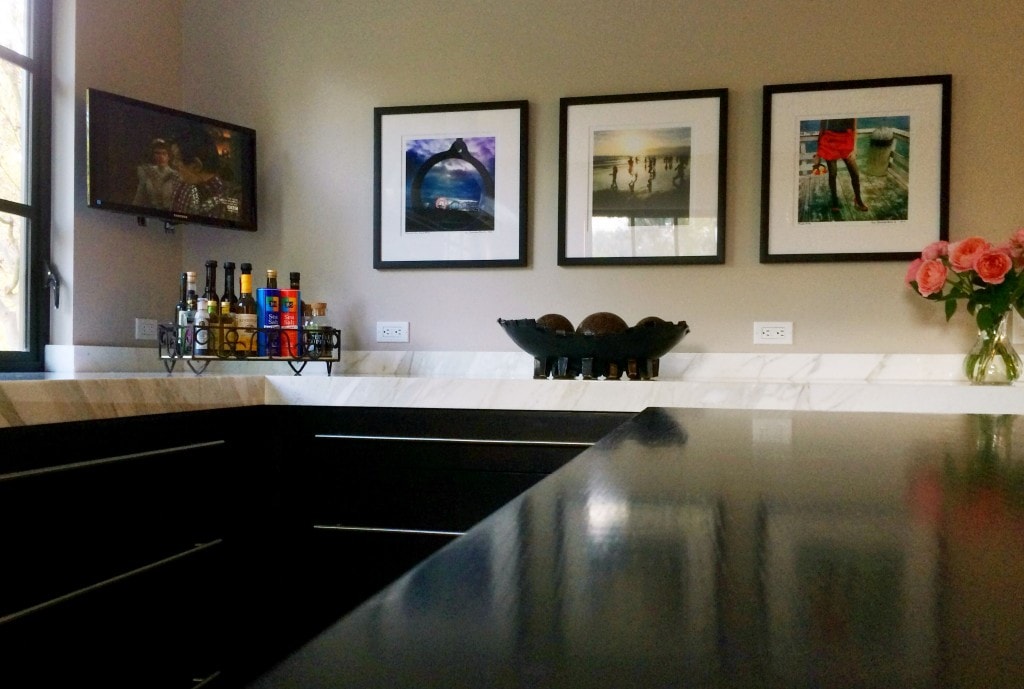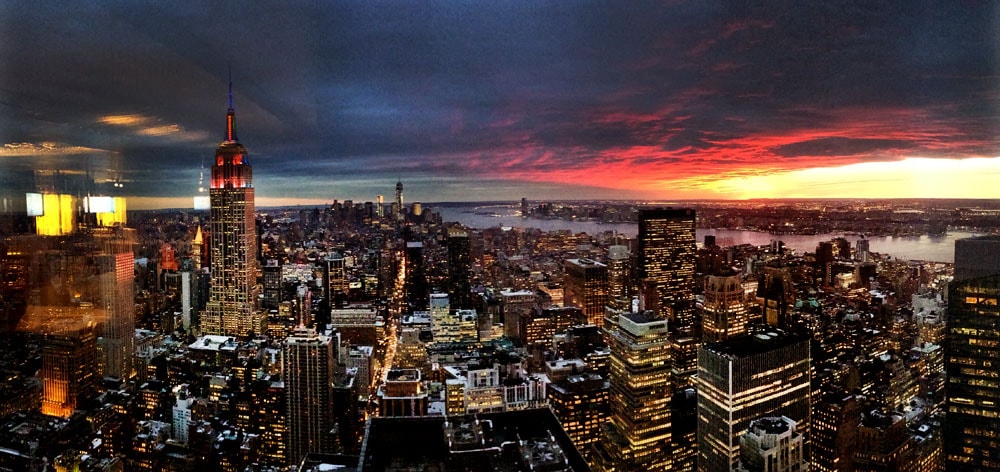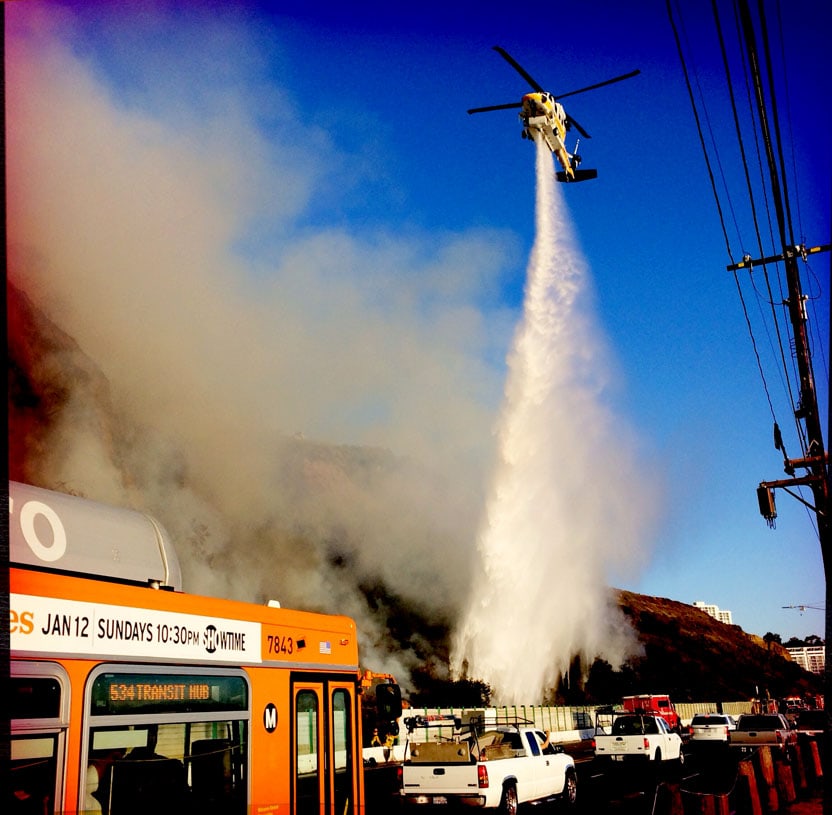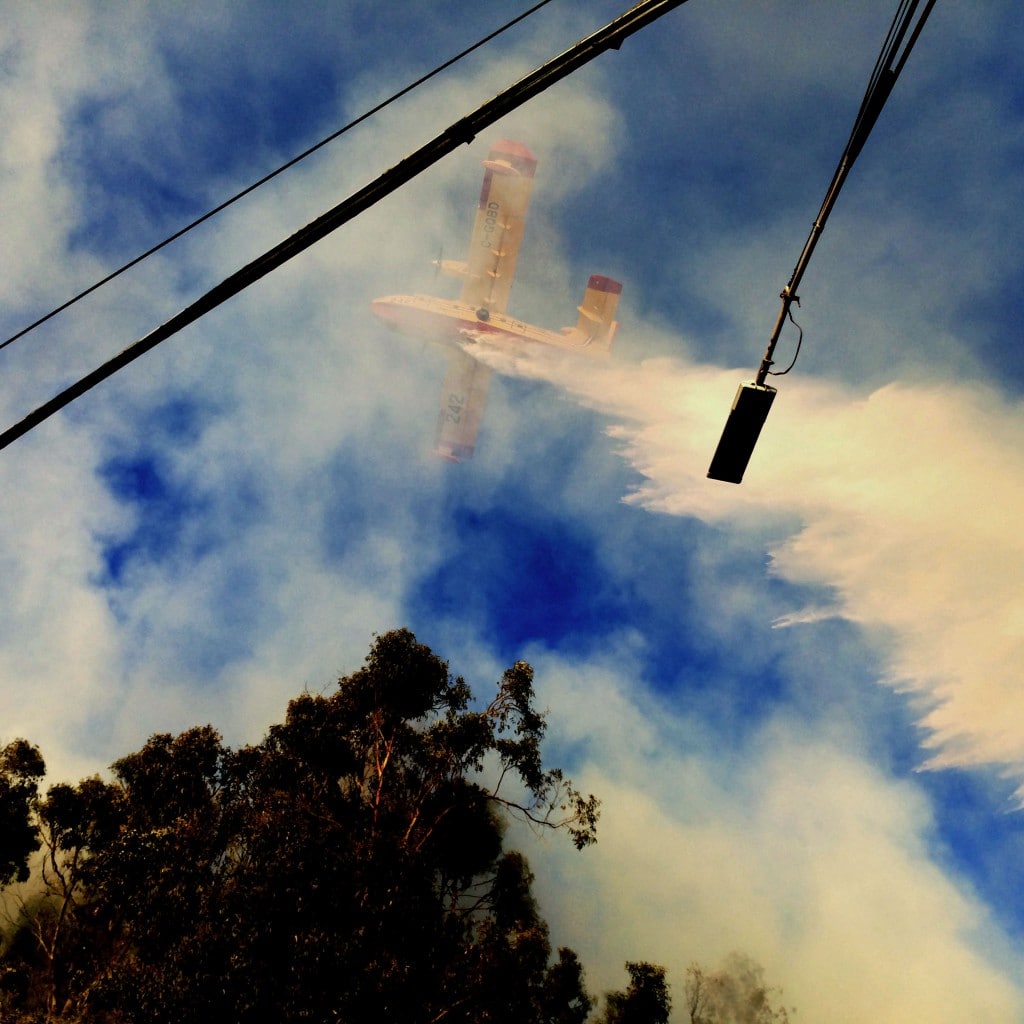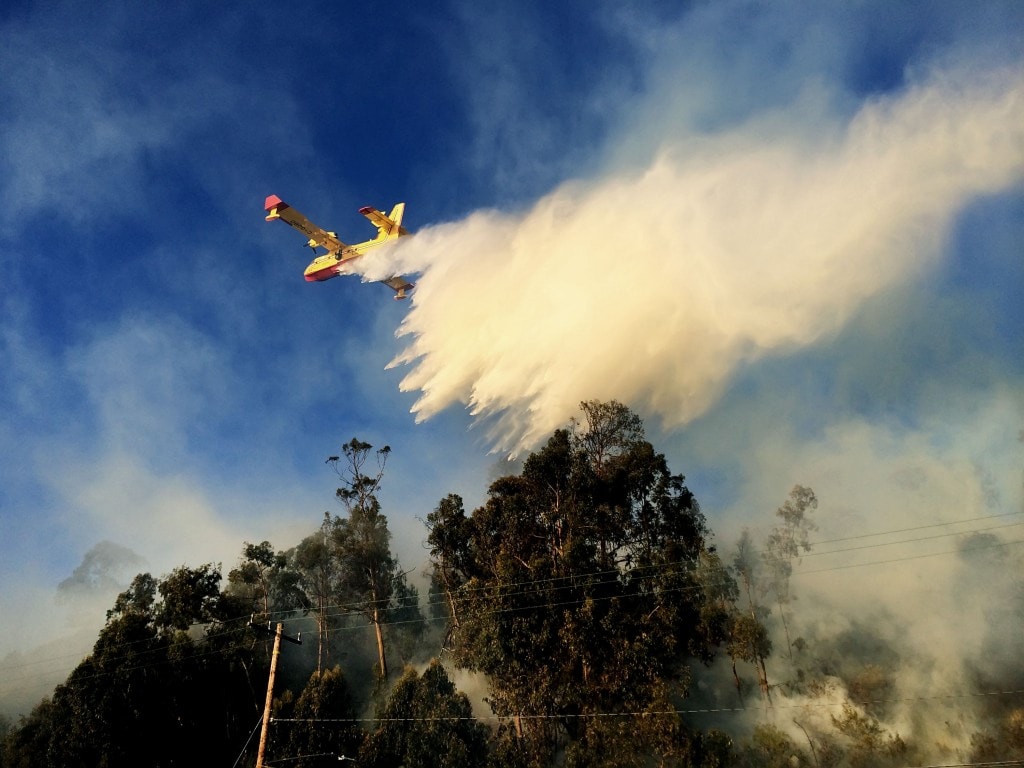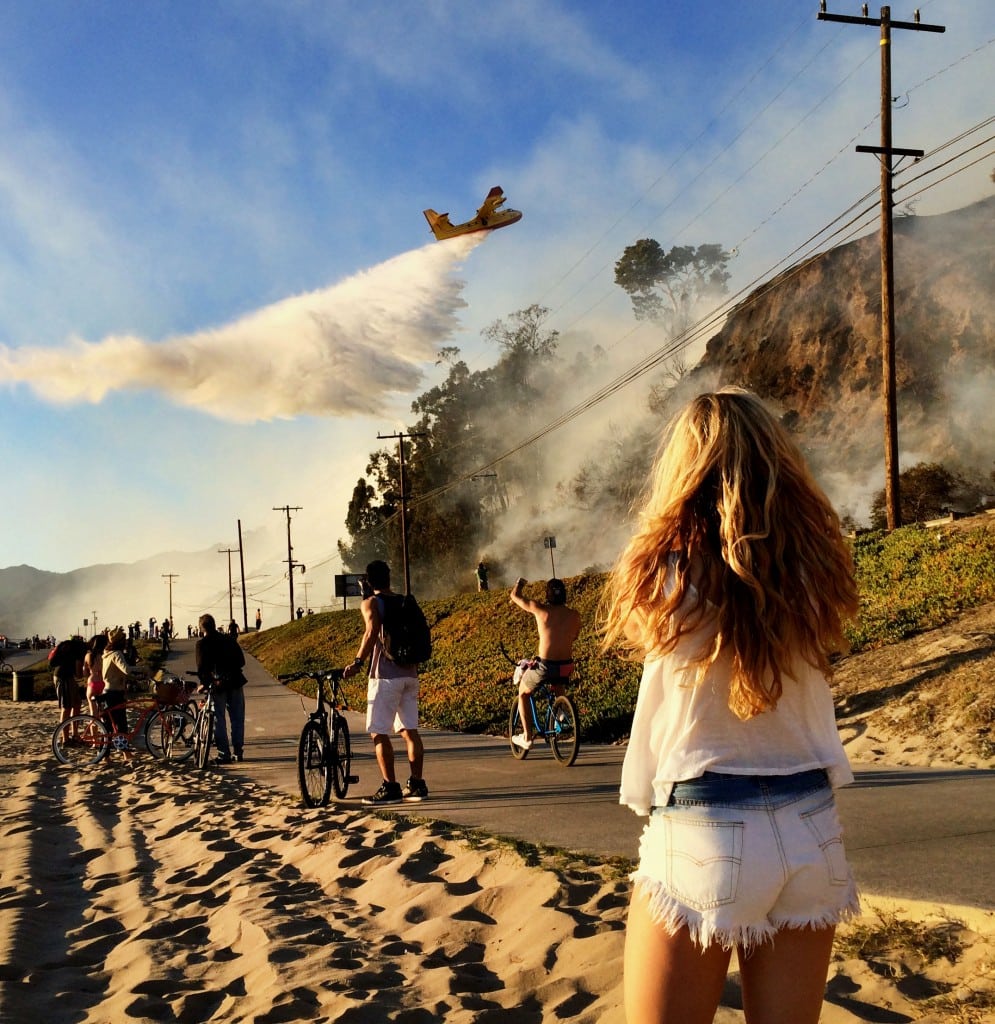Join me and Eric Draper, President George W. Bush’s official White House photographer, at the Nixon Library tonight in Yorba Linda, California. The program starts at 7 pm. It’s co-sponsored by the University of Texas Dolph Briscoe Center for American History, and will be moderated by Mark Updegrove, director of the LBJ Library. My talk is, “Presidential Photography from John Quincy Adams to Barack Obama.” I will reveal some rarely-seen photos of Warren Harding, which should make any presidential historian’s heart go pitter patter!
http://nixonfoundation.org/ai1ec_event/david-hume-kennerly-eric-draper/?instance_id=
Presidential candidate Warren Harding’s wife straightens him up before an astonishing photo session in 1920. The pictures will be revealed tonight at the Nixon Library during my talk. Harding became the 29th President of the United States, from 1921-23, and died in office.

Warren Harding and wife before he posed for rare photo session.





